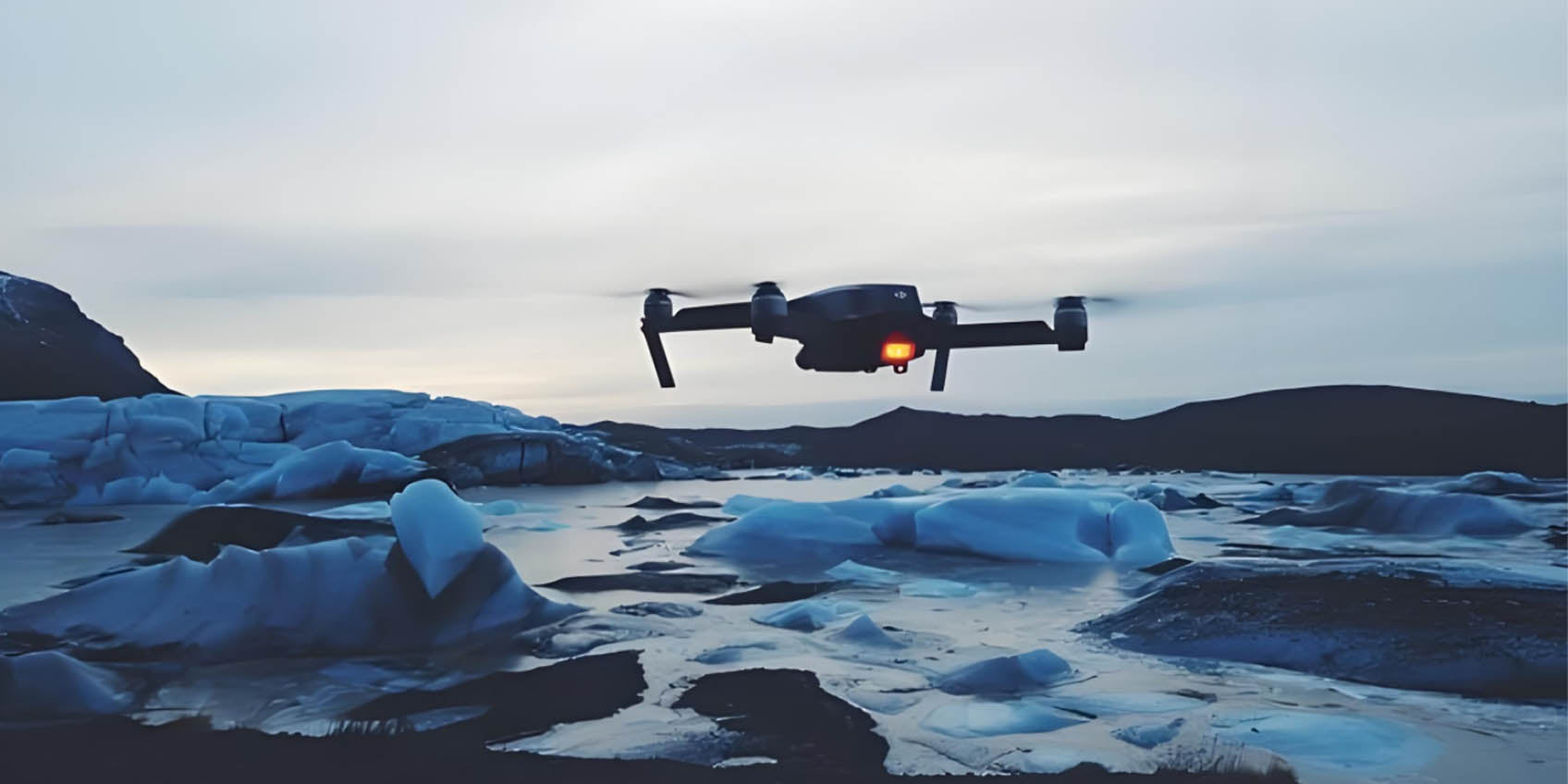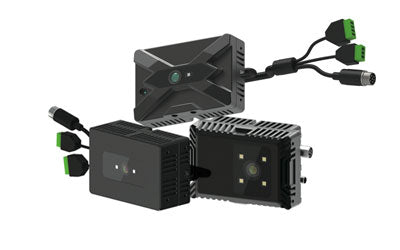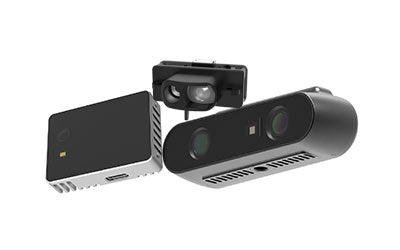Applications of ToF Technology in Drone Obstacle Avoidance

Time-of-Flight (ToF) technology is becoming increasingly important in the drone industry. As an advanced distance measurement technology, ToF sensors achieve efficient obstacle detection by precisely measuring the time it takes for light pulses to travel, providing drones with significant navigation and obstacle avoidance capabilities. This technology not only enhances flight safety but also improves operational performance in complex environments.
The Necessity of Obstacle Avoidance Technology
In drone flight missions, avoiding collisions is crucial for safety. Whether performing tasks such as aerial photography, agricultural spraying, or environmental monitoring, drones often navigate through complex environments with various obstacles like trees, power lines, and buildings. Automated obstacle avoidance systems help reduce damage from collisions, lowering costs and risks. ToF technology significantly improves safety and operational efficiency by providing real-time detection and accurate distance measurement of obstacles.
Key Roles of ToF Technology in Obstacle Detection
- Precise Distance Measurement: ToF sensors calculate the distance to obstacles by emitting light pulses and measuring their reflection time. This precision allows drones to detect and avoid obstacles promptly.
- Strong Anti-Interference Capability: Compared to traditional sensors, ToF sensors are less sensitive to changes in ambient light and can operate reliably in various lighting conditions, including bright or low-light environments. This enhances the drone's obstacle avoidance ability across different settings.
- Wide Detection Range: ToF sensors can typically detect distances up to 10 meters or more, giving drones ample time to make obstacle avoidance decisions. This long-range capability is particularly useful for extensive flight missions.
How ToF Technology Enhances Drone Obstacle Avoidance
- Real-Time Obstacle Detection: ToF sensors continuously scan the environment around the drone, providing real-time obstacle detection and precise distance measurement. This fast feedback mechanism allows drones to adjust quickly, ensuring safe flight.
- Application in Complex Environments: In challenging environments such as urban areas or dense forests, ToF sensors provide detailed depth information, helping drones better plan flight paths. They can effectively avoid both static and dynamic obstacles, such as pedestrians, vehicles, or animals.
- Integration with Other Obstacle Avoidance Technologies: ToF sensors can work in conjunction with other technologies, such as stereo vision and ultrasonic sensors, to create multi-layered obstacle avoidance systems. This integrated approach enhances detection capabilities and navigation accuracy.
Future Applications of ToF Technology in Drones
- Enhanced Accuracy and Reliability: Future ToF sensors are expected to achieve higher measurement precision, longer detection ranges, and faster response times. This will enable drones to detect and avoid obstacles more accurately in complex and challenging environments, improving flight safety and mission effectiveness.
- Integration with Artificial Intelligence: Combining ToF sensors with Artificial Intelligence (AI) will enhance drones' decision-making and autonomous learning capabilities. AI can process extensive data from ToF sensors, optimize path planning, predict potential obstacle changes, and adjust flight strategies in real time. This integration will make drones more adaptable and reliable in unknown or dynamic environments.
- Expanded Application Areas: As ToF technology advances, drones will be able to operate in more complex and specialized scenarios. For example, ToF sensors can be used for rapid obstacle detection and identification in disaster relief efforts, monitor crop growth in precision agriculture, and collect data for long-term environmental analysis in environmental monitoring.
- Enhanced Indoor and High-Density Environment Operation: Advances in ToF technology will significantly improve drones' capabilities in indoor or high-density environments. Future ToF sensors will be more compact and integrated, allowing drones to navigate tight spaces and complex structures, and perform precise indoor tasks.
- Multi-Sensor Fusion: Future drones will integrate ToF technology with other sensor technologies (such as infrared sensors and radar) to form multi-sensor fusion systems. This approach will provide comprehensive environmental awareness, enhancing drone stability and obstacle avoidance performance under extreme weather conditions.
- Autonomous Charging and Extended Flight: Drones equipped with ToF technology will achieve more efficient autonomous charging and extended flight missions. By optimizing energy use and obstacle avoidance during flight, drones can extend their operational time and reduce reliance on manual intervention.
In summary, the continuous development of ToF technology will greatly expand the range and capabilities of drones, enabling them to handle more complex and challenging tasks in the future. As technology progresses, ToF sensors will play a crucial role in enhancing drone intelligence, automation, and application scope.
Synexens 3D Of RGBD ToF Depth Sensor_CS30
Our professional technical team specializing in 3D camera ranging is ready to assist you at any time. Whether you encounter any issues with your TOF camera after purchase or need clarification on TOF technology, feel free to contact us anytime. We are committed to providing high-quality technical after-sales service and user experience, ensuring your peace of mind in both shopping and using our products
-
Publicado en
CS30





